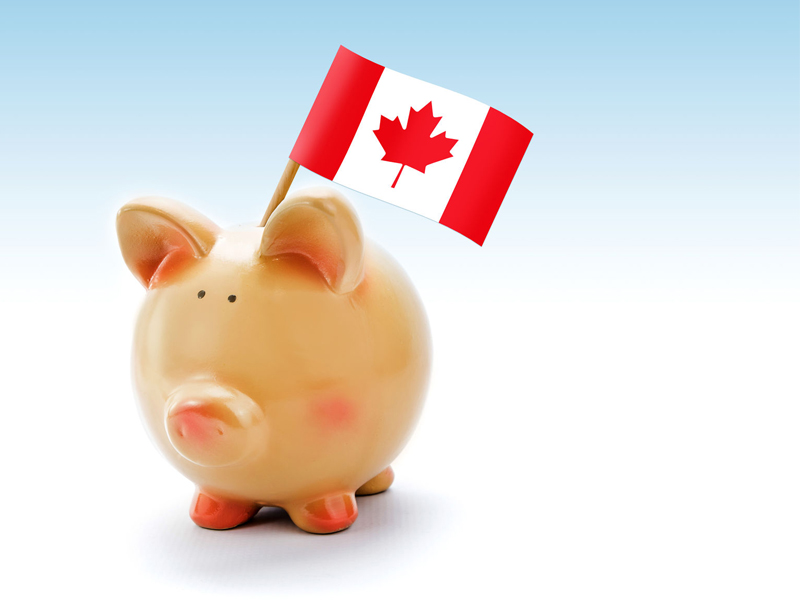
The Bank of Canada is widely expected to hold the overnight rate on Wednesday, but its monetary policy report could prove interesting.
In a July 8 report, Avery Shenfeld noted that next week will include “the first post-Covid forecast from the Bank” — and also the first forecast delivered by the central bank’s new governor, Tiff Macklem.
Shenfeld said the BoC’s “path will speak volumes about the medium-term rate outlook.”
One thing to watch, Shenfeld noted, is the central bank’s forecast for the “output gap” — the difference between the actual output of the economy and it’s expected output.
The output gap, Shenfeld wrote, is “the best guide” for predicting when the central bank will “begin to unwind policy stimulus.” A lower gap is more likely to lead to higher interest rates.
When the central bank raised rates in 2002, 2004 and 2017, it did so “with an average output gap of less than 0.5%…and with forecasts of above-potential growth that would close the remaining [economic] slack in short order,” Shenfeld wrote.
In contrast, the central bank also raised rates in 2010, despite an output gap estimated at 1.5 — a move that Shenfeld said stalled Canada’s economic recovery from the financial crisis and left the overnight rate “on hold for many years.”
Shenfeld added he doesn’t expect a major shift in strategy with regard to the BoC’s purchasing of Government of Canada, provincial and corporate bonds. More purchases of Government of Canada bonds are possible, he said, because the central bank has only set a minimum level for purchases.
A July 9 report from the C.D. Howe Institute’s Monetary Policy Council indicated that the BoC will keep rates low into 2021. The council unanimously supported this strategy, with six members saying rates should be maintained at current levels and two recommending they be dropped to 0.10%.
Since the BoC’s June 3 announcement, global economic boons have hinted at rebounds in many advanced countries, based on spending and output, C.D. Howe noted.
Still, a C.D. Howe release warned: “The coronavirus continues to spread in emerging markets, and resurgences, notably in the United States, threaten setbacks in the second half of the year.”
While C.D. Howe forecasted “solid third-quarter growth” for Canada, uncertainty remains about how the country will phase out fiscal measures.
Due to potential inflationary concerns, C.D. Howe recommended that “the Bank of Canada needs to avoid becoming a significant allocator of credit,” and should clarify its asset-purchasing criteria going forward.